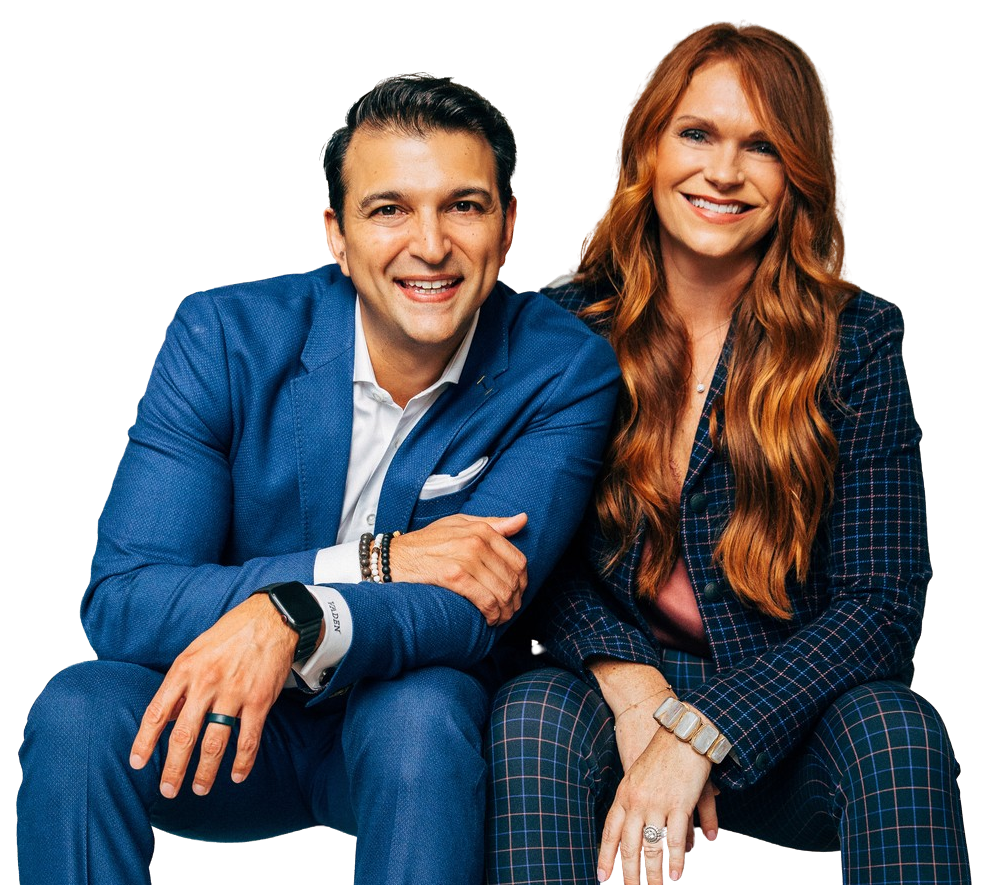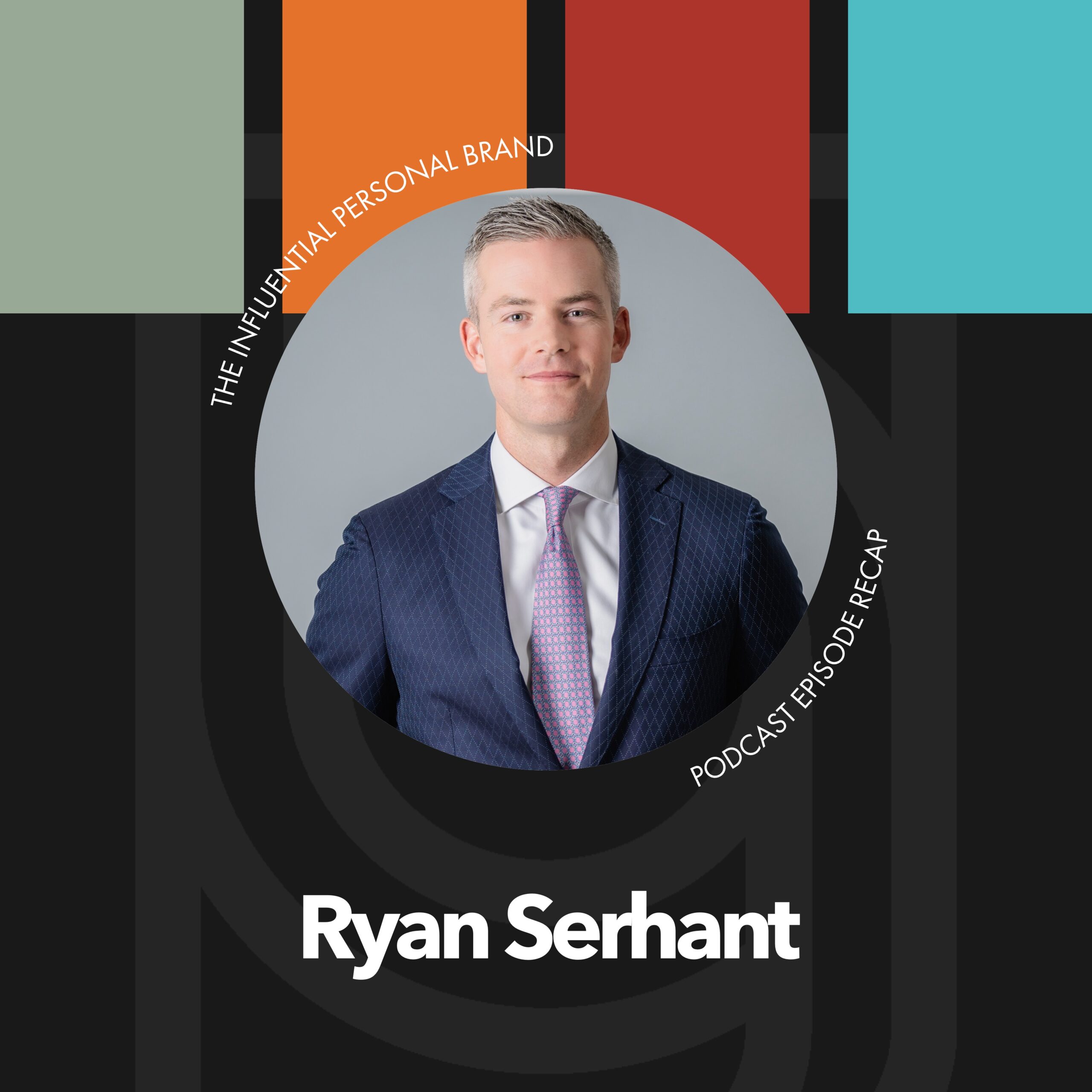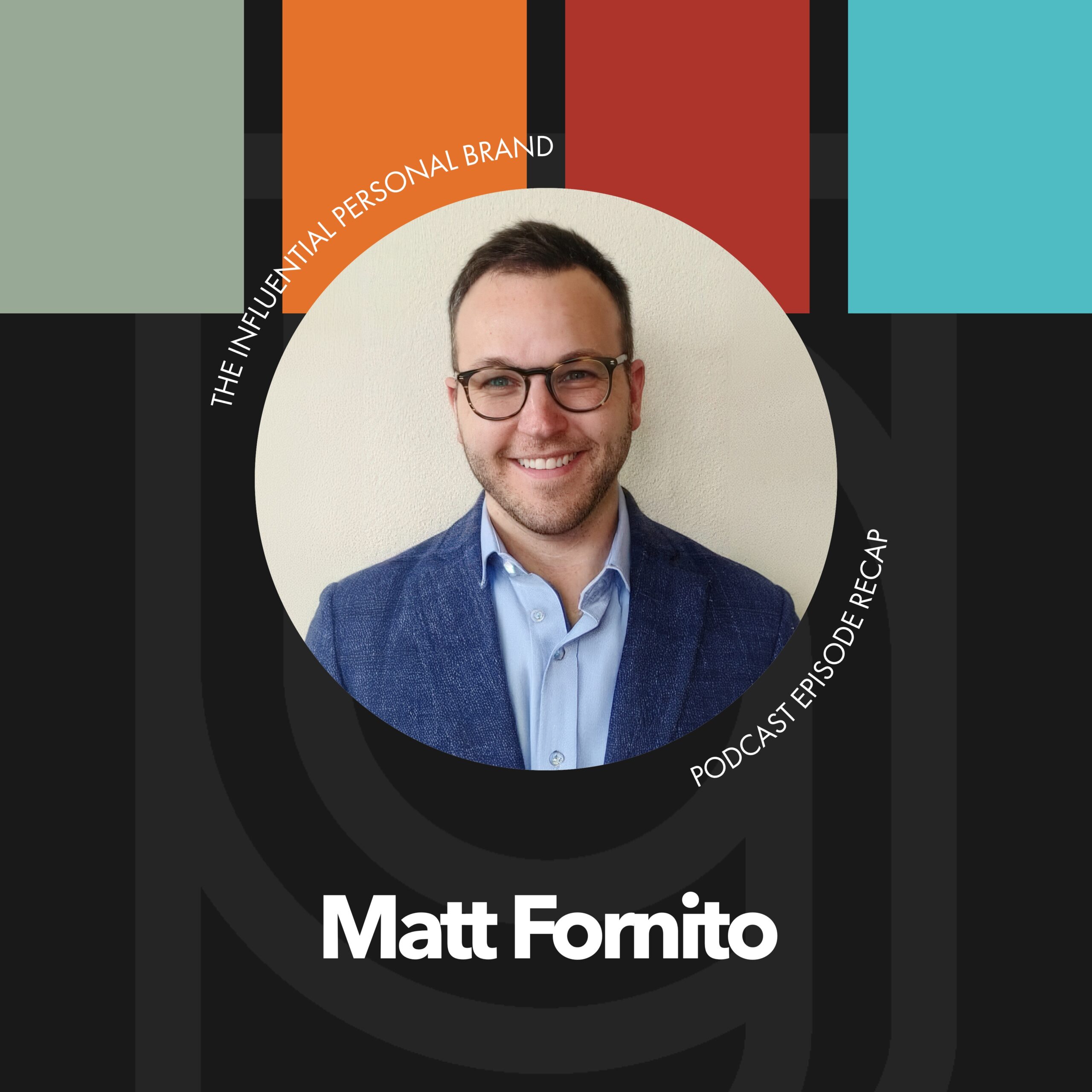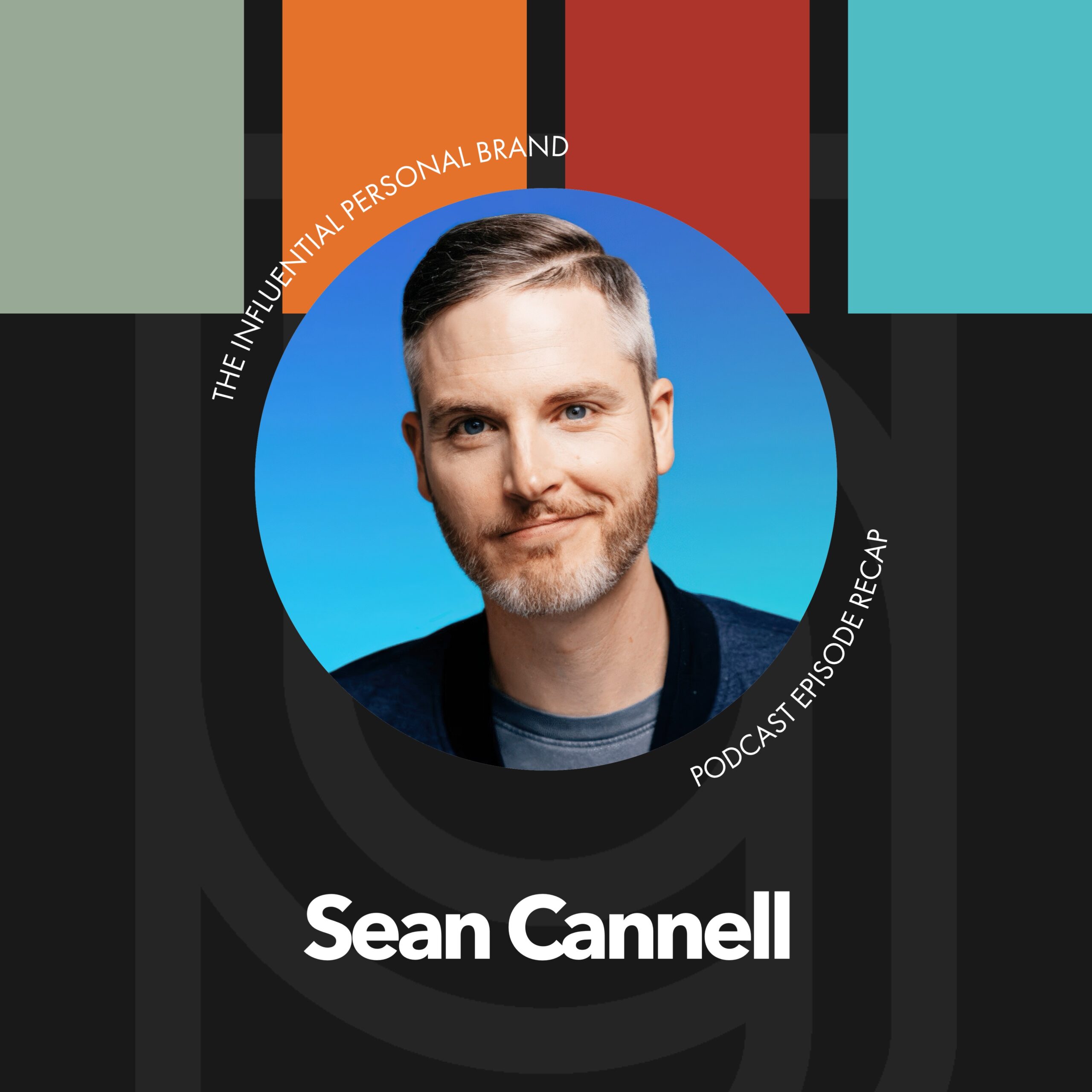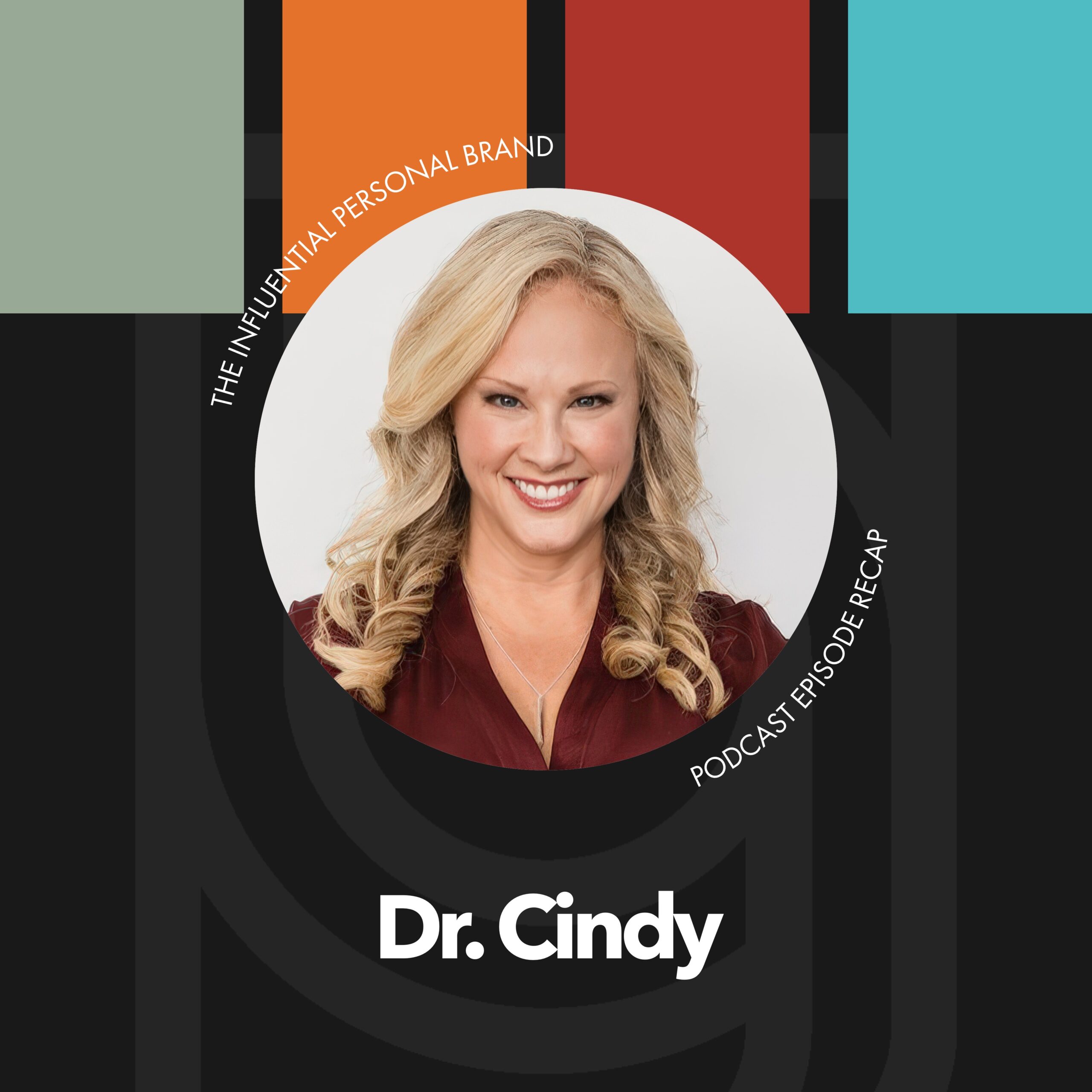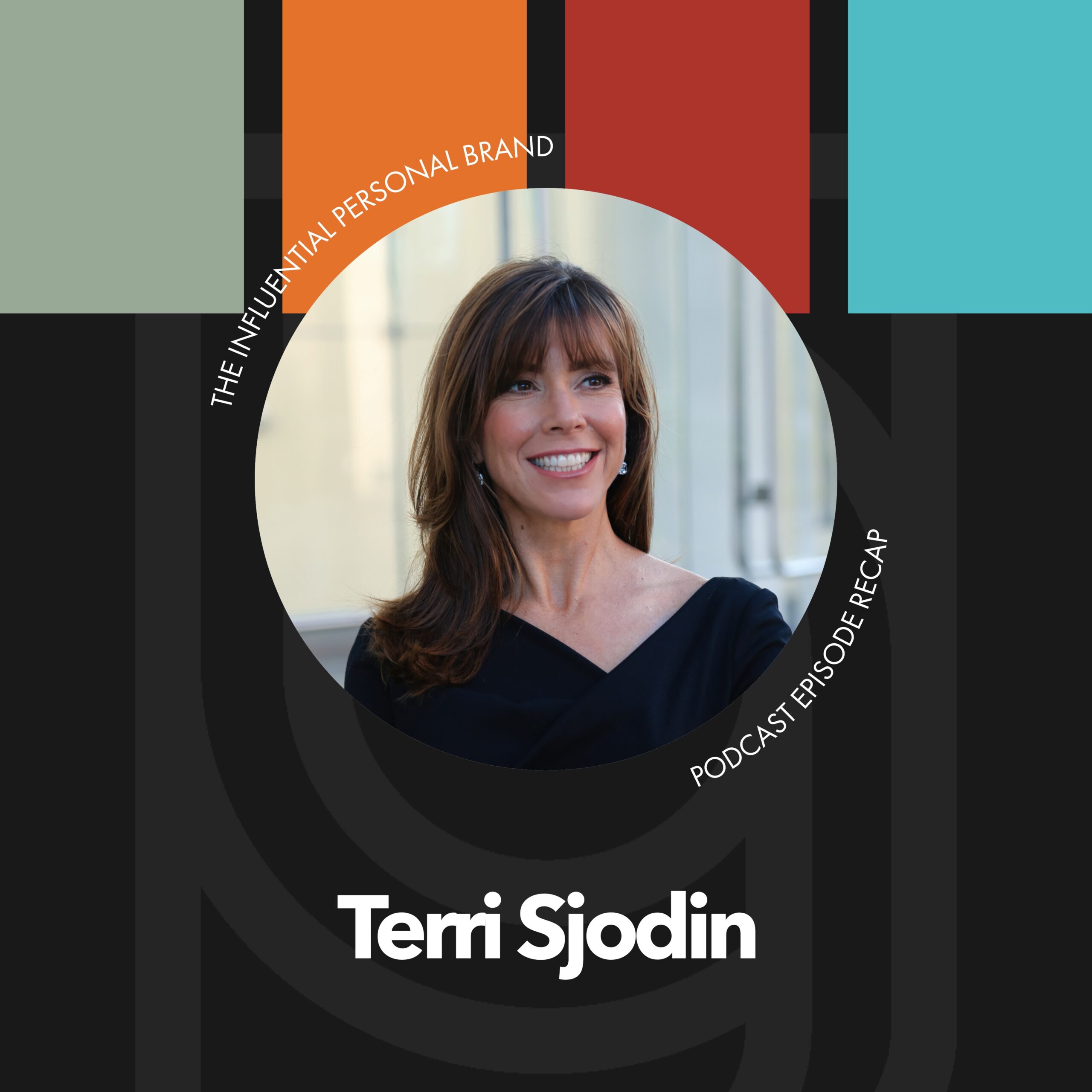RV (00:03):
I want to share with you the three biggest secrets for writing. Great copy. Not just writing great copy, but writing a copy that converts, that performs. So what do I mean by converts and performs? I mean, coming up with the words that go on a page and that when you use these words, they cause the reader to take action to to actually engage in a certain behavior, which would be like where, where they are where they’re buying something or opting in for something or filling out a form and requesting information or downloading something, right? This is persuasive copy. So these are three of the most important secrets of writing. Great copy. Now, I wanna let you know that one of the things that we teach at Brand Builders Group is part of our formal curriculum is something called the 15 Ps of copywriting.
RV (01:01):
The 15 Ps is our proprietary unique methodology for how to write great sales pages specifically full offer sales pages when you’re trying to collect a credit card and all the elements that, that are needed. So I’m gonna cover two of those Ps here, which I think are two of the most important. And but before I do that, so let me just share with you, here’s the first secret of writing. Great copy. It is learning how to sell the destination, not the vehicle. So what do I mean by that? Well, if you think of going on a journey, right? There’s a starting point. You know, wherever you, wherever you leave from, let’s say San F let’s say San Francisco, you, and then you go, where do you end? That’s the destination. It’s New York. So there’s a starting point and an ending point, and then there’s a vehicle, right?
RV (01:49):
There’s some vehicle that transport you, it’s bike a car, and you know, a, a plane or whatever. Well, when you think about copywriting specifically for the purpose of generating sales, specifically for the purpose of creating conversions, inspiring behavior, you know, as if you’ve been following me for any amount of time, right? I explain it roy vaden.com, the four levels of influence, which is what I consider my actual personal expertise to be about is the stu the study of the psychology of influence. How do I define influence? Influence is the ability to move people to action. That’s it. So when we have to move people to action through the written word, that’s copywriting sometimes sometimes we describe this at Brand Builders Group that copywriting is selling through the written word instead of through the spoken word, okay? So whenever you’re doing copywriting, like for the purpose of influence and for selling, you gotta sell the destination, not the vehicle. And I’ll use a great example with my first book, take the Stairs, right? So my first book, take the Stairs is a book that’s all
RV (02:59):
About self-discipline, okay? And it’s basically teaching people how to use self-discipline to overcome procrastination so that they can achieve success in any part of their life. So therein in that phrase that I just said, are the three elements that matter that you have to like consciously be aware of, that you have to consciously bucket when it comes to marketing, right? Or selling through the written word. My book, take the stairs, or selling it as a speech, right? So I, I often do that program as a speech, right? Companies will hire me to come talk about that message, and I go, okay, how do I, how do I market my speech to meeting planners and companies to get them to book me to come speak at their national sales meeting or their leadership meeting, or their kickoff meeting or their customer service, like whatever, and talk about, you know, this, take the stairs methodology.
RV (03:53):
So what are the three parts that I’m talking about? Okay? Again, there is the starting, you know, there’s the, there’s the starting point then there’s the destination, and then there’s the vehicle. So if you just look at, take the stairs, my, my book and content, okay? Procrastination is the starting point. So the problem is the starting point. The destination is the payoff. So what’s the payoff? Success, right? Like, be be having anything you want in life. I mean, the, the subtitle of Take the Stairs is Seven Steps to Achieving True Success. So then we’ve got the starting point of procrastination. We have the destination, which is success, and then we have the vehicle, which is self-discipline. And if you were to read the My Take the Stairs book, or if you were to hire me to come speak to your group and, and you saw me speak at your event, you would see that I teach the psychology of how self-discipline isn’t as hard as we all think.
RV (04:53):
Once we know how to think about it the right way. And I talk about neuroscience and rewiring your brain so that you can make decisions in the way that ultra performers make. It’s all about self-discipline. But one of the biggest mistakes I ever made when I started my personal brain and when I started my company. So when I very first started my company my very first website was discipline dynamic.com, because I knew that my, my personal brand was gonna be all about, like, my early work I knew was gonna be all about helping people develop discipline. And so it was like discipline dynamic. And then there was this huge lightning crash and it said discipline dynamic. And that was a mistake. What was great about it was that I had clarity about what I knew would transform lives self-discipline, right? And as we later proved with the success of, you know, the Take the Stairs book, you know, becoming an international bestseller, is that it works and it does change lives.
RV (05:53):
And it is super duper powerful. The issue is that early on, nobody would book me and nobody would buy my stuff because nobody wants discipline. And this is a problem that mission-driven messengers make all the time. You have some secret, you have some, you know, discovery, you have transformed your own life through some methodology and, and you’re so passionate about it, right? And, and you’re like, oh my gosh, like I figured out how to lose weight just like walking or, or you know, I have this nutrition secret or something, something. And what you do if you’re like me, and if you’re like many, many of the clients that we work with at Brand Builders Group, when they first come to us, you’re so passionate about the vehicle that you’re marketing, the vehicle, you’re trying to sell people, the vehicle, you’re trying to say discipline will change your life.
RV (06:42):
Discipline is the key. Discipline is the secret. Discipline will transform you. And that’s exactly what I did. And that’s what most mission-driven messengers do because we are like these bleeding hearts. We wanna change the world. And so we were just like telling people like, this will change your life. The problem is nobody wants to buy it because people don’t really buy the vehicle, they buy the destination. And this is the, the, the, the first and perhaps the greatest secret of all copywriting is you have to market and sell the destination, not the vehicle. So what you should not write about, if I, if I were writing a sales page to get people to buy, take the stairs, or if I was writing a program, you know, description to get people to come to my, my speech I should not really mention self-discipline. ’cause Nobody wants that.
RV (07:34):
And it’s not exciting, even though it is the truth, right? That’s why the vehicle is the truth. The, the vehicle is what will actually change lives. But it’s not the thing that people, it’s not the thing that you market to promote. ’cause Nobody wants to buy it, right? What they wanna buy is the destination. So what I really would wanna do is I would wanna talk about what happens in your life if you incorporate discipline without even saying incorporate discipline, just going, if you follow the principles in this book, you will make more money, you will lose weight, you’ll have better relationships, you’ll have more free time, like et cetera, et cetera. That is the destination. Whatever success looks like. We’ll talk about this more in a second. That’s what I should be marketing and writing about and talking about. I should be promoting both the, the, the starting point and the ending point, but not the vehicle, right?
RV (08:24):
So I should be talking about the problem that people currently have and in my marketing and in my copywriting, and then where I can take them, what they can end up with. But I shouldn’t spend that much time marketing the vehicle. Part of the reason why is because in order to get, if that’s the case, in order to get someone to buy, they have to not only sign off and agree that they want the destination that you’re promoting, they have to buy off that they, they agree with and that they like the vehicle of your plan of how to get there. And that’s not really necessary, right? What, what changes lives is saying, here’s the transformation I can provide, I can help you with, and I have a way to do that. And I, you know, it’s a seven step process or whatever. They don’t have to know the nitty gritty of what it is in order, in order to buy it, right?
RV (09:09):
Like when I go to a restaurant and I order a meal, I don’t have to know every ingredient that’s in there. I don’t even have to know the recipe for how they make it. I just want the meal, right? Just bring me, just bring me the meal. And that’s kind of what this is. Okay? So that’s copywriting secret number one. Copywriting secret number two, you have to get great at writing what we call pain copy. What is, what is, what is pain copy. Okay? Pain copy is super simple. Again, this is one of our, so this is one of our 15 Ps of copywriting, one of our proprietary you know trade secrets if you will, of one of the, the, the techniques that we teach. But one of the 15 ps is P two, or excuse me, P three in the 15 Ps is called pain.
RV (10:00):
You have to write great pain copy. How do you write great pain? Copy is so simple to write great pain copy. All you have to do is describe a frustrating day in the life of your prospect as they currently have it now related to the thing you’re selling. So basically you just describe a day in their life as they have it now because of the absence of your solution. So let me go back to my trip metaphor. Remember we said, you know, there’s a starting point. There’s a destination and there’s a vehicle. Great pain copy is all about marketing and talking about and describing the starting point. Ironically, what is more likely to make somebody buy is not the vehicle. Even if you gave someone the secrets for free about how to change their life, that that’s not what’s gonna attract them and entice them to buy.
RV (10:58):
What is going to attract them is to describe the frustrations they’re currently experiencing in their life. How do you do this? This is pain copy. You simply have to describe what their life looks like now. So let’s say there’s somebody again, I’m just, I’m sticking with take the stairs ’cause it’s sort of ubiquitous and it’s simple and applies to me, right? So rather, if I wanted someone to buy the take the stairs book, rather than telling ’em how amazing all of these self discipline secrets are, what I want to do is spend time talking about the issue that they have. And so, for example, I do this in the opening of the book because I want people to actually read the whole book. And that’s part of why the book sells really well, is in the opening of the book, I talk about the three different types of procrastination.
RV (11:42):
There’s classic procrastination, which is consciously delaying the things you know you should be doing. Then I invented two new terms. There’s creative avoidance, which is unconsciously creating busy work for yourself to do as a way of avoiding, as a way of, you know, giving yourself an out where you can do that. And then the neuroscience of your, of the brain, right? The brain releases dopamine. And so you feel good because you accomplish something trivial even though it’s not the thing you needed to do. That’s creative avoidance. And then there’s priority dilution, which is the chronic overachievers procrastination, which is procrastinating, not because you’re lazy, but because of you allow interruptions to happen in your life, right? So if I am trying to get someone to hire me to speak, or I’m trying to get someone to buy the book, I don’t talk about how amazing discipline is.
RV (12:29):
I’m gonna talk about that when I’m there. That’s how I’m gonna change their life. Or that’s what you’re gonna read about in the book. None of you’re gonna buy the book now because I’ve told you, I’ve told you the vehicle and you’re not gonna be attracted to it even though you should. ’cause It will change your life. As you can see from Amazon reviews from Take the Stairs. But what I’m gonna market is procrastination. I’m gonna sell procrastination. I’m gonna be an ambassador of procrastination. I’m gonna say, if you struggle with distraction, if you struggle with interruption, if there’s things you know you should be doing that you don’t, but you don’t feel like doing, you can’t get yourself to do them. If you’ve ever set a goal and not followed through, if you’ve ever made a commitment and not been able to, to keep it longer than, you know, a week if, if you, if you know you’re capable of more things in your life, but you haven’t been able to achieve that potential, right?
RV (13:15):
That’s compelling. And what am I doing there? I’m not describing the vehicle, I’m describing the problem. More specifically, the pain, the way to write great pain copy is to describe a day in their life as it currently exists because of the absence of your solution, right? So if I describe that life, and then I say, but you know, if you, if you buy, take the stairs or if you bring me to speak, if I was gonna try to, you know, sell myself to, for a company to book me to speak, right? I just changed the narrative a little bit. I say, do your, do your employees ever struggle with procrastination? Do you think that people are struggling with a lack of productivity? Do they get discouraged? Do they deal with reject rejection? Do they, do they, do you think they waste time online or they waste too much time in meetings or they, they, they, they spend too much of their time on things that are trivial and insignificant.
RV (14:05):
If so, you should bring me in and I’m gonna be able to help them. Blah, blah, blah, blah, blah, which we’ll talk about in a second. And that’s why you need to book me and my signature program take the stairs, seven Steps to Achieving True Success, right? So I’m not selling discipline, I’m selling the problem, the starting point. And, you know, talking about the great pain copy, which leads me to the third greatest secret of writing all great copy. I can’t, I can’t even believe I’m giving these away for free. But he, here’s what it is. It’s called payoff copy. You have to be able to write great payoff. Copy. payoff is one of the other 15 Ps, right? So there’s 15 Ps. Two, two of them, I’m, I’m giving you here, pay is P three and then payoff is P six out of the 15 Ps.
RV (14:53):
So how do you write great payoff, copy? Well, simple payoff copy is the inverse of pain. Copy. If pain is describing a day in their life currently, as it exists in the absence of your solution, payoff copy is describing a day in their future life as it will exist once they have the presence of your solution, right? So if you struggle with procrastination, create avoidance, distraction, you know, time management, you’re, you’re busy, you’re burnt out, you’re overwhelmed. I have a, if you, if if you buy the take the stairs book or you bring me into your company to talk about, take the stairs methodology, I will help you be more productive, you’ll have more peace, you’ll, you’ll be more efficient, you’ll have more energy, you’ll have better relationships, you’ll make more money. And that is what this system teaches. So notice how the payoff is the in is the inverse of the pain.
RV (15:47):
Pain is the starting point. Payoffs are the destination, and then the vehicle, which is what we call the uniqueness or the message. But the, the, the, the, the message or the uniqueness is what I don’t wanna talk about or, you know, I might reference to it or talk about it quickly or briefly, but I don’t wanna talk about that in marketing or in my copywriting because that is not the thing that people buy. People buy the fact that you understand where I’m at, which is the pain, and you have a methodology or a vehicle or a system to get me to where I want to go, which is the payoff, which is the destination. If you want a great, if you want to write great copy, write more about the problems and pain of where they’re starting, the payoffs, the destinations and transformations of where you’re gonna go in them, take them where you’re going to take them, and stop talking about the vehicle and the thing that which, which you’re passionate about, right?
RV (16:41):
You’re gonna get to talk about what you’re passionate about once they hire you, once they book you to speak, once they buy your book, once they get into your coaching program. But if you don’t do these three things, you cannot have successful copy without these three things. If you do these three things right, even if you get the other 13 Ps wrong, you’re gonna be in a good spot. Now, hopefully, you’ll, you’ll request a free call with our team. We do free calls with everybody. You can request a free call at some point. We’ll do a free call with everybody, request a call, and hopefully we’ll be able to teach you how to do all 15 Ps. If you do ’em well, you’re gonna see increased conversions. But if you at least get these two right, that’s gonna get you started.

